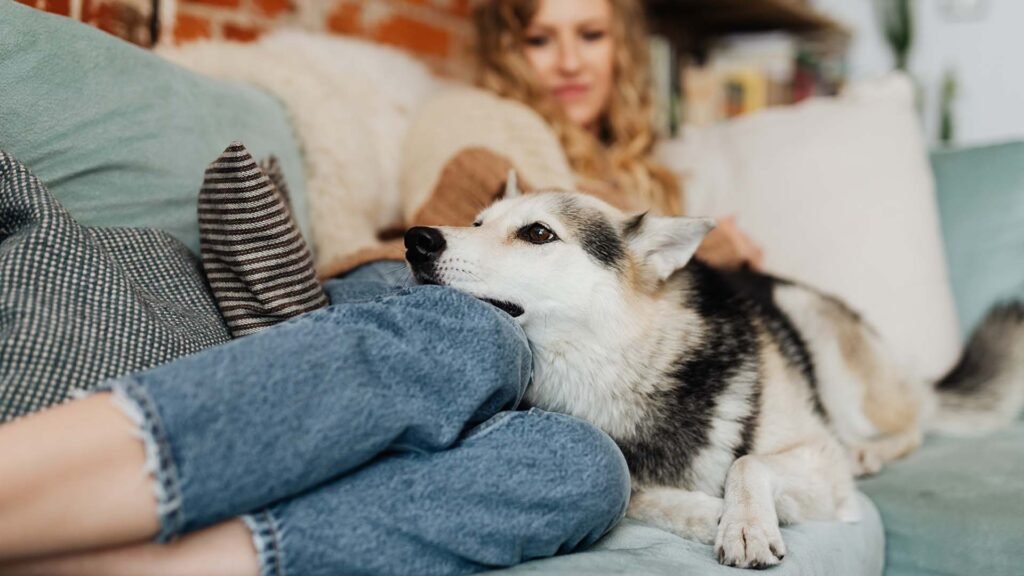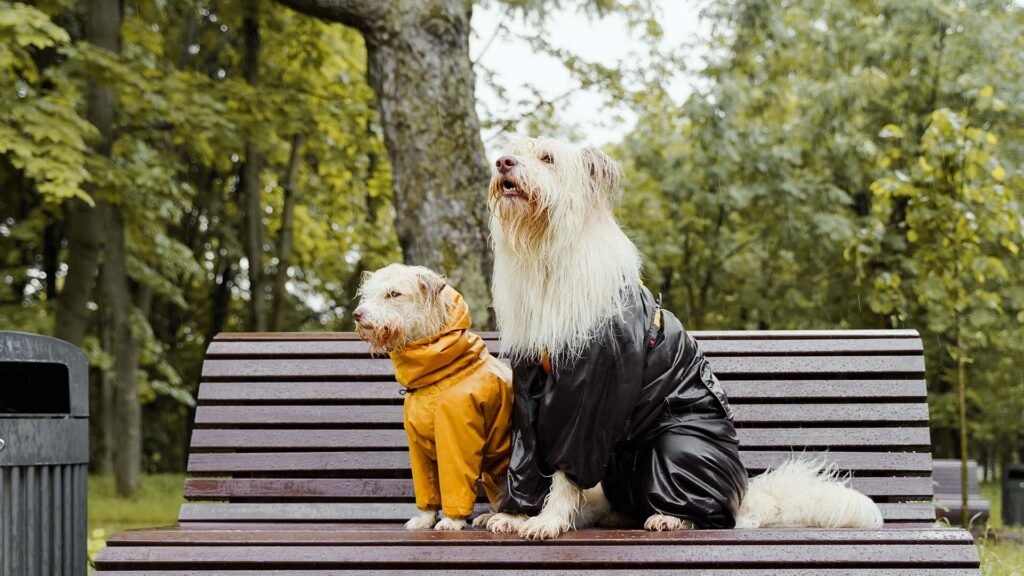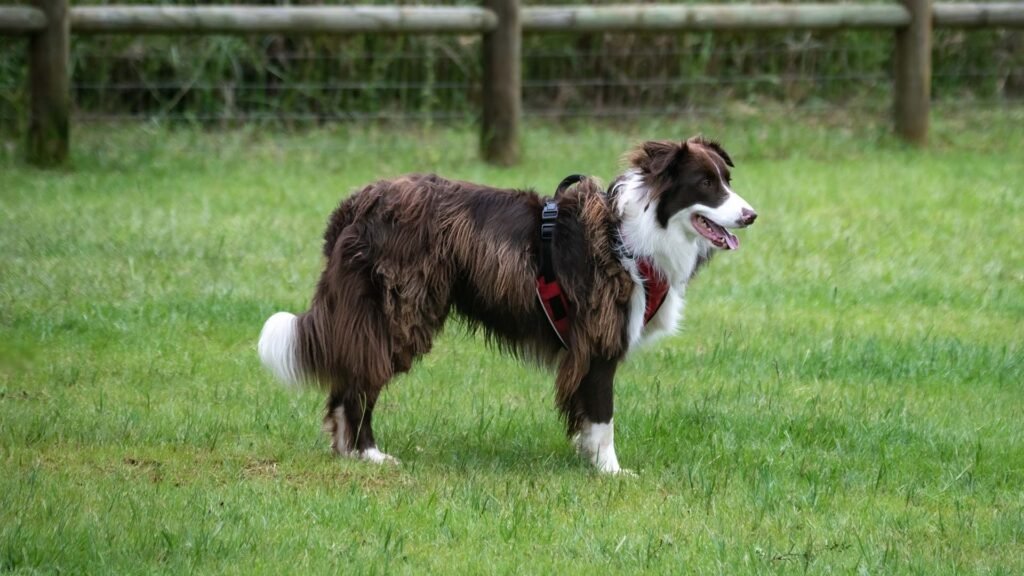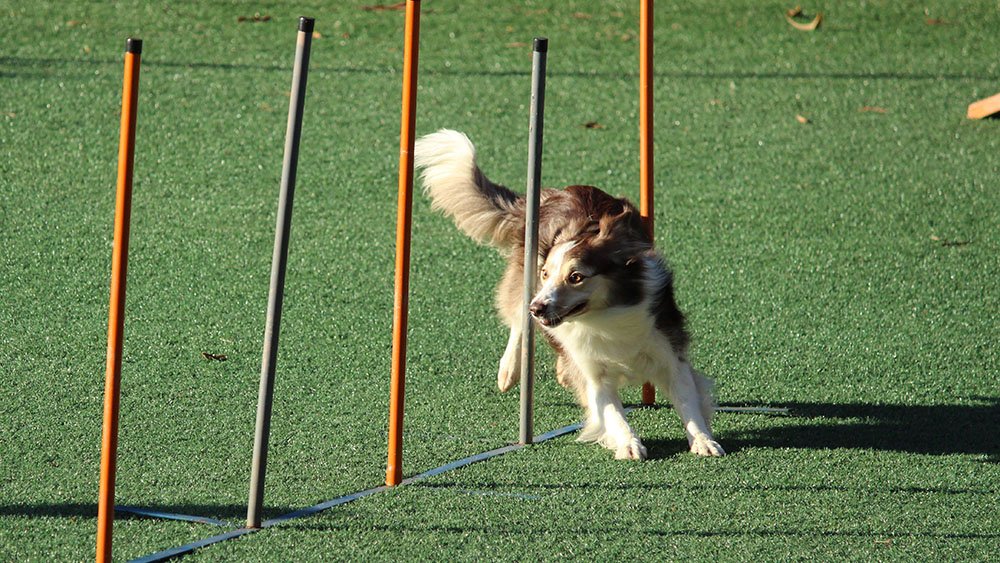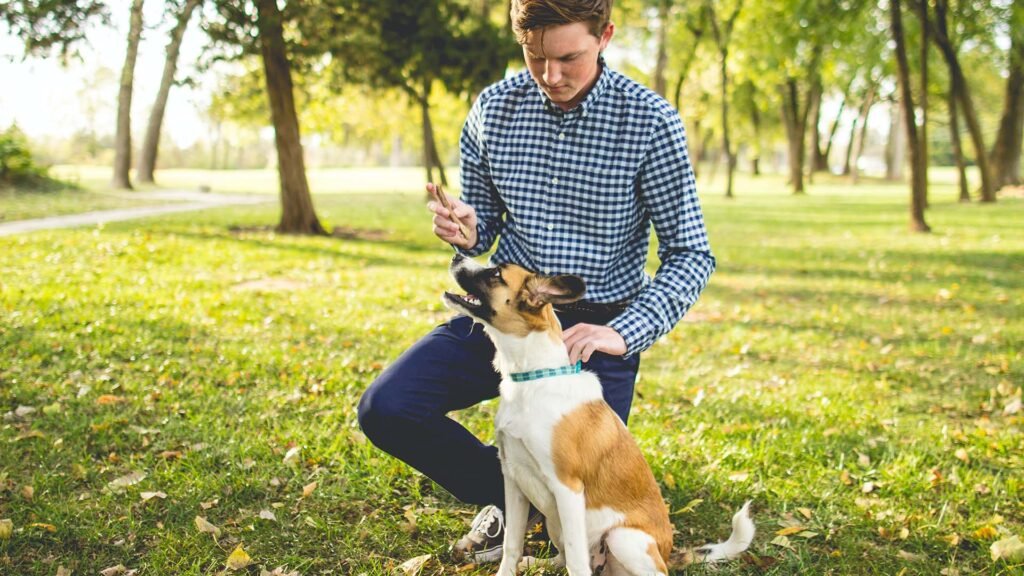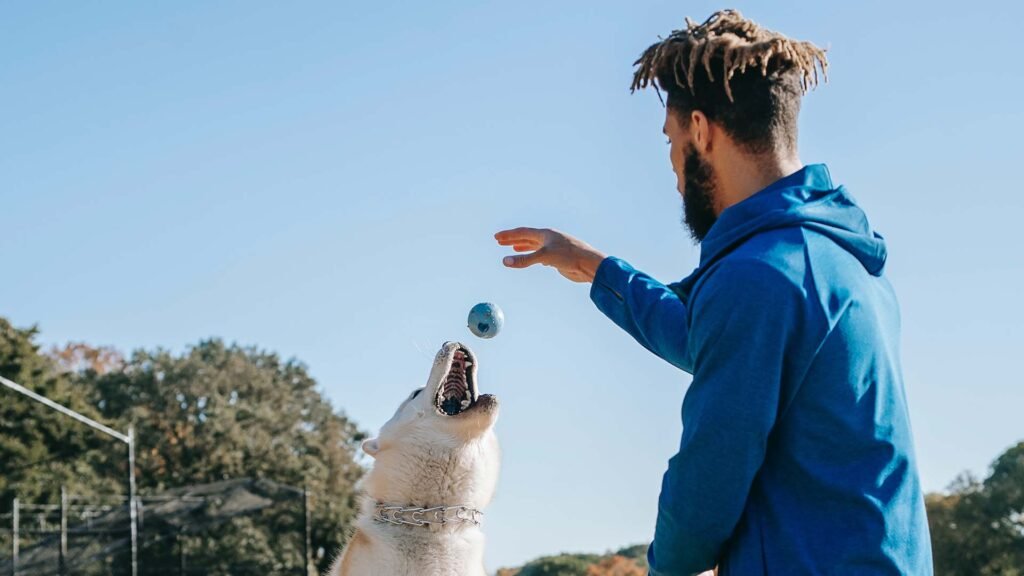Most people think they know everything about dogs. However, there are many popular misconceptions about our furry friends. The following are the top 10 most popular misconceptions about dogs.
1. Dogs are dirty
One of the most common misconceptions about dogs is that they are dirty. While it is true that some breeds are more prone to getting dirty than others, all dogs have the same ability to self-clean. A dog’s coat is designed to repel dirt and keep the skin underneath clean and healthy.

Another way that dogs keep themselves clean is by licking their paws. This may seem gross to us, but it’s actually a dog’s way of grooming themselves. When a dog licks their paw, they are able to remove any dirt or debris that may be stuck to it.
So, while it is important to give your dog a bath on occasion, don’t worry about them being too dirty. They are actually pretty good at keeping themselves clean!
2. Dogs are aggressive
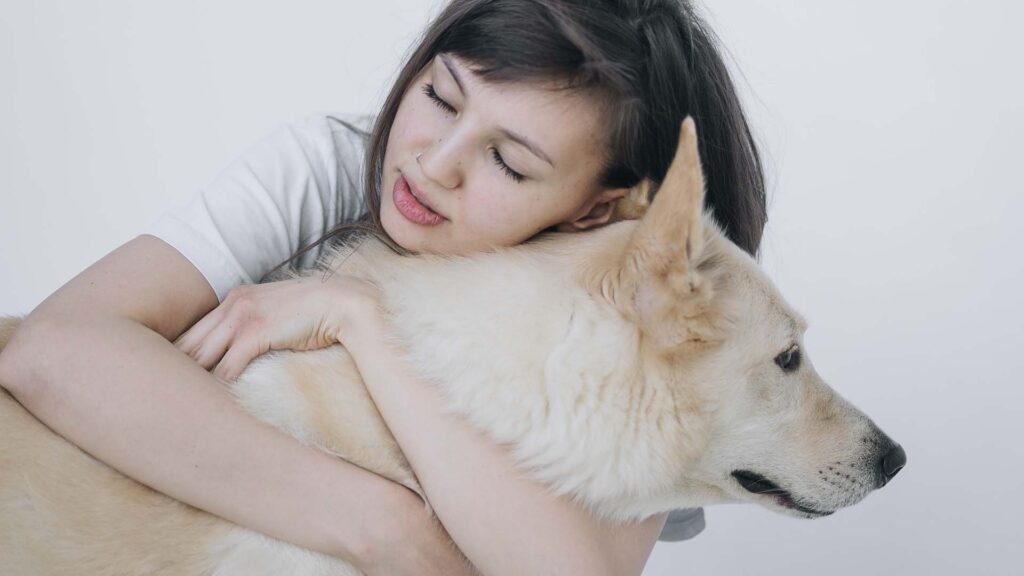
One of the most common misconceptions about dogs is that they are aggressive. This couldn’t be further from the truth! Dogs are actually very gentle creatures. They only become aggressive when they are provoked or feel threatened. If you treat your dog with love and respect, there’s no reason to worry about them becoming aggressive.
3. Dogs are don’t understand us
There are many misconceptions about dogs, and one of the most common is that they don’t understand us. This simply isn’t true. Dogs are highly intelligent creatures who have the ability to understand human language and respond accordingly. They may not be able to vocalize their own thoughts and feelings, but they certainly know what we’re saying to them.

Dogs have been shown to exhibit a wide range of emotions, from happiness and love to fear and sadness. They also seem to possess a strong sense of empathy, as they often comfort us when we’re feeling down or show signs of stress. In other words, dogs definitely understand us – even if we don’t always understand them.
4. Dogs smell bad

One of the most common misconceptions about dogs is that they are smelly. While it’s true that some dogs may have an aroma, this is usually due to their diet or hygiene habits and can be easily remedied. Additionally, many dog breeds have little to no body odor. Poodles, for example, are known for being virtually odorless.
5. Dogs are expensive
Many people believe that dogs are expensive, when in reality they can be quite affordable. There are many ways to save money on a dog, such as adopting from a shelter or rescue organization, or finding a breed that is known to be less expensive to maintain.

Dogs are not always expensive. In fact, there are many ways to save money on a dog. Adopting from a shelter or rescue organization can be cheaper than buying from a breeder, and certain breeds of dogs are known to be less expensive to maintain than others. Do your research before you get a dog to make sure you know what kind of costs you’re likely to incur.
6. Dogs are high maintenance
While it is true that some dogs require a lot of grooming, this does not mean that they are high maintenance. In fact, most dogs only need to be groomed once or twice a week. Even the most high-maintenance dog breeds are relatively low-maintenance compared to other pets such as cats and rabbits.

The vast majority of dog owners find that their dogs are easy to care for and provide them with companionship and love. In fact, many people choose to get a dog precisely because they do not want a pet that requires constant care and attention.
7. Dogs are not for people with allergies

There is a common misconception that people with allergies cannot have dogs. This is simply not true. While some people may be allergic to dogs, there are many different breeds that are considered hypoallergenic. These breeds include the Affenpinscher, American Hairless Terrier, Australian Labradoodle, Bedlington Terrier, Bichon Frise, Cairn Terrier, Chinese Crested Dog, and the Yorkshire Terrier.
People with allergies should consult with their doctor before getting a dog. They may also want to consider getting a hypoallergenic breed.
8. Dogs are color blind
There are a lot of misconceptions about dogs, and their abilities. One popular misconception is that dogs are color blind. This is not true! Dogs can actually see color, just not as vividly as humans. They see colors in a muted way, and can distinguish between different shades of the same color.

So why do people think that dogs are color blind? One reason may be because of their limited ability to communicate what they’re seeing. Dogs don’t have the same language skills as humans, so they can’t describe what they’re seeing in detail. Another reason may be because of how they react to different objects. Dogs may not react differently to an object based on its color, but rather its shape or size.
Whether or not dogs can see color is still being studied by scientists. But one thing is for sure- dogs are not colorblind!
9. Dog age in human years
It’s a popular belief that one dog year is equivalent to seven human years. However, this is not always the case. Small breeds age more quickly than large breeds, and the rate at which a dog ages also depends on its size and weight. For example, a one-year-old Great Dane is actually about the same age as a 30-year-old human.

So how can you tell how old your dog is in human years? There are a few different formulas that have been used over the years to calculate a dog’s age in human years. The most common method is to take the dog’s age in months and multiply it by 7. This calculation would make a one-year-old dog approximately 14 years old in human years.
However, many experts believe this formula overestimates a dog’s age.
10. Dogs hate cats
It’s a popular belief that dogs hate cats, but that’s not necessarily true. While some dogs may be naturally inclined to chase or even attack cats, this isn’t always the case. In fact, many dogs can learn to live peacefully with cats with a little bit of training and socialization.

Of course, there are always exceptions to the rule. Some dogs may be too predatory or have too strong of a prey drive to ever really get along with cats. But if you have a dog who doesn’t seem particularly interested in chasing your feline friend, it’s worth giving them a chance to get to know each other. With some patience and positive reinforcement, you may just find that your dog and cat can become the best of friends.

